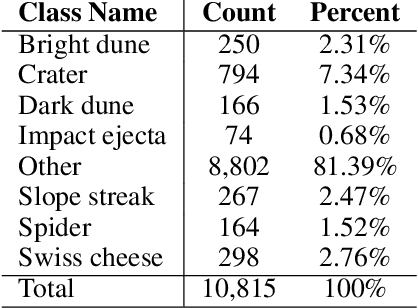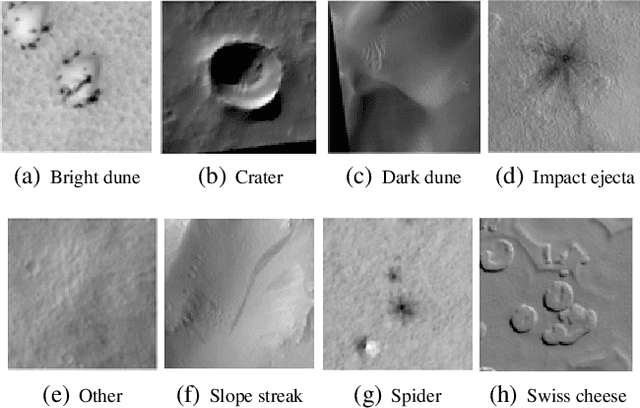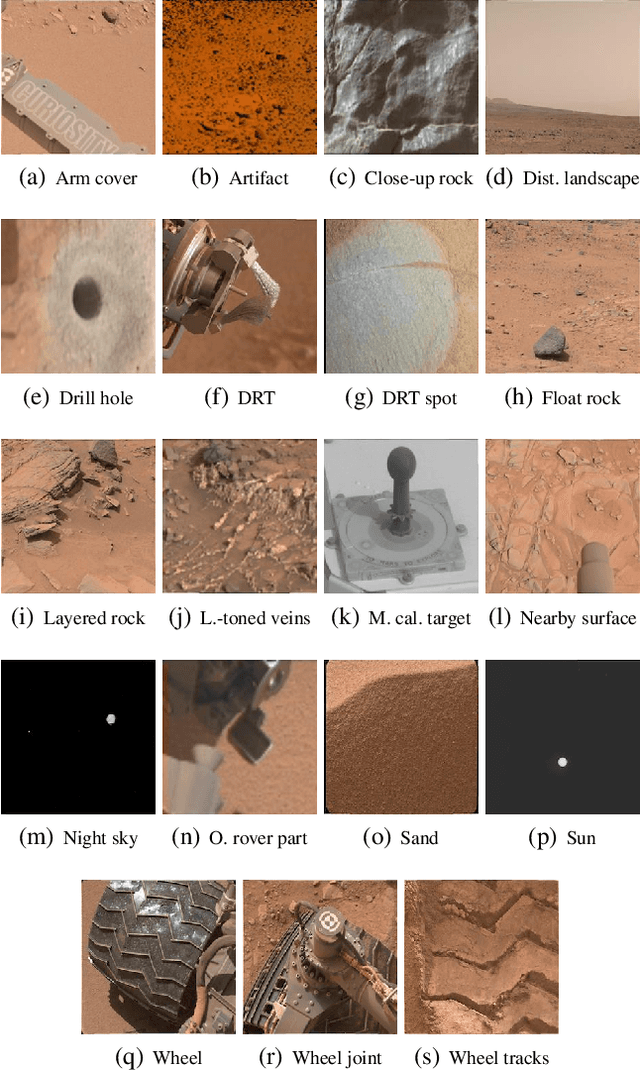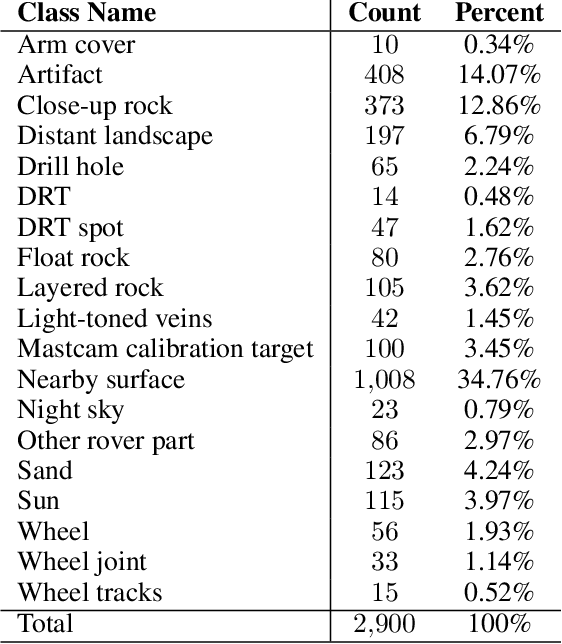Emily Dunkel
Jet Propulsion Laboratory, California Institute of Technology
Using Unsupervised and Supervised Learning and Digital Twin for Deep Convective Ice Storm Classification
Sep 12, 2023Abstract:Smart Ice Cloud Sensing (SMICES) is a small-sat concept in which a primary radar intelligently targets ice storms based on information collected by a lookahead radiometer. Critical to the intelligent targeting is accurate identification of storm/cloud types from eight bands of radiance collected by the radiometer. The cloud types of interest are: clear sky, thin cirrus, cirrus, rainy anvil, and convection core. We describe multi-step use of Machine Learning and Digital Twin of the Earth's atmosphere to derive such a classifier. First, a digital twin of Earth's atmosphere called a Weather Research Forecast (WRF) is used generate simulated lookahead radiometer data as well as deeper "science" hidden variables. The datasets simulate a tropical region over the Caribbean and a non-tropical region over the Atlantic coast of the United States. A K-means clustering over the scientific hidden variables was utilized by human experts to generate an automatic labelling of the data - mapping each physical data point to cloud types by scientists informed by mean/centroids of hidden variables of the clusters. Next, classifiers were trained with the inputs of the simulated radiometer data and its corresponding label. The classifiers of a random decision forest (RDF), support vector machine (SVM), Gaussian na\"ive bayes, feed forward artificial neural network (ANN), and a convolutional neural network (CNN) were trained. Over the tropical dataset, the best performing classifier was able to identify non-storm and storm clouds with over 80% accuracy in each class for a held-out test set. Over the non-tropical dataset, the best performing classifier was able to classify non-storm clouds with over 90% accuracy and storm clouds with over 40% accuracy. Additionally both sets of classifiers were shown to be resilient to instrument noise.
Mars Image Content Classification: Three Years of NASA Deployment and Recent Advances
Feb 09, 2021



Abstract:The NASA Planetary Data System hosts millions of images acquired from the planet Mars. To help users quickly find images of interest, we have developed and deployed content-based classification and search capabilities for Mars orbital and surface images. The deployed systems are publicly accessible using the PDS Image Atlas. We describe the process of training, evaluating, calibrating, and deploying updates to two CNN classifiers for images collected by Mars missions. We also report on three years of deployment including usage statistics, lessons learned, and plans for the future.
 Add to Chrome
Add to Chrome Add to Firefox
Add to Firefox Add to Edge
Add to Edge